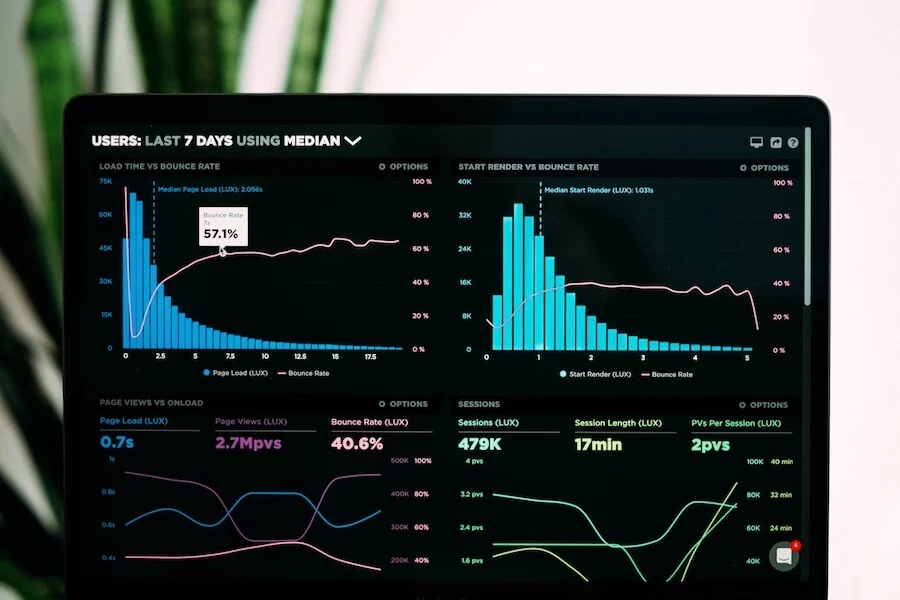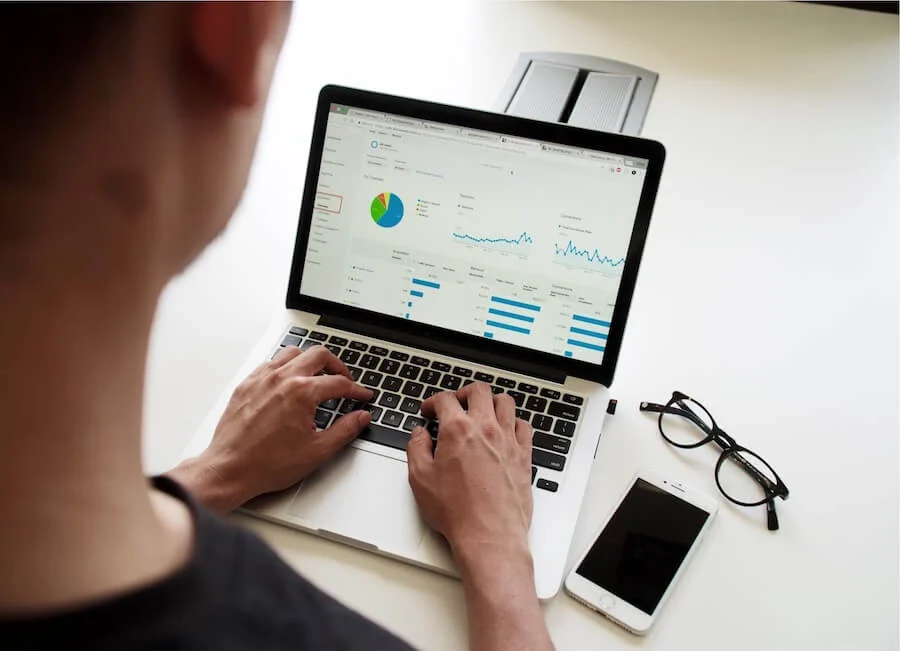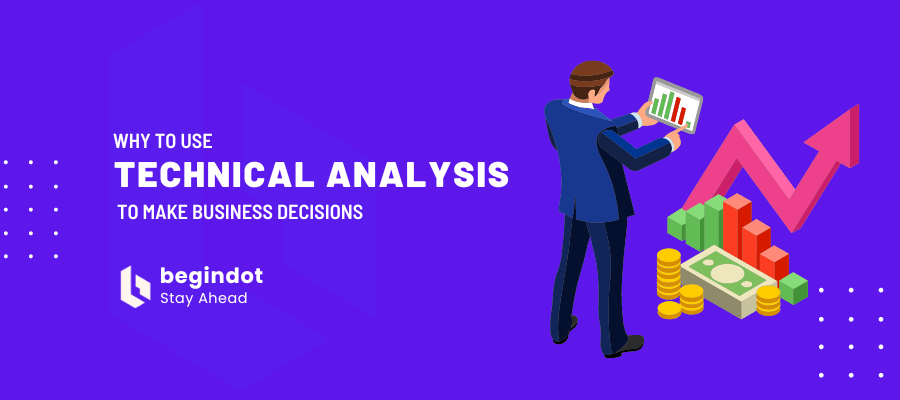TradingView was created to assist traders in making the best trading decisions. However, the app has evolved past this and has found a use case for business owners who understand its importance.
This article looks at how businesses use the powerful tools and features offered by TradingView’s platform to make informed decisions beyond just trading.

What is TradingView?
TradingView is a charting platform and social network trusted by over 50 million traders and investors worldwide to spot opportunities across financial markets. The app offers fundamental and technical analysis tools, such as an advanced charting system, technical indicators, and customizable alerts.
TradingView is excellent for all levels because it is a social network platform that allows other traders to connect, learn, and share ideas.
It also provides real-time information on your preferred assets so you can make the best decisions. Founded in 2011, TradingView has become a top technical analysis and social platform.
How to Use Technical Analysis to Enhance Business Decisions
Technical analysis is used to predict the future movements of securities by examining statistics derived from trading activities, such as price changes and trading volume.
In contrast to fundamental analysts, who aim to determine a security’s intrinsic value, technical analysts look at price movement charts and use various analytical tools to assess a security’s strengths or weaknesses and forecast future price fluctuations.
Over time, many technical indicators have been developed by analysts to more accurately predict future price movements. Some indicators primarily focus on identifying the current market trend, including support and resistance levels. In contrast, others concentrate on gauging the strength of a trend and the probability of its continuation.
Today’s world is built on data. It is everywhere; organizations worldwide are maximizing their data use because it plays a crucial role in decision-making.
Here’s how technical analysis can give businesses meaningful insights about market trends, track competitors, and optimize their operations using TradingView.
Understand Market Direction

Technical analysis can assist in acquiring a more profound insight into the market psychology, sentiment, and behavior influencing the price movements of products, services, or assets.
Tools like trend lines, moving averages, oscillators, and chart patterns can help identify trends, reversals, breakouts, and signals that reflect the market’s strength and direction. Additionally, technical analysis allows you to gauge the market’s volatility, momentum, and liquidity, impacting your profitability and risk exposure.
Let’s say Company XYZ, a tech company, plans to launch a new smartphone model and wants to set an optimal price for maximum profitability. To make an informed decision, the company leverages technical analysis tools to study the historical price trends of similar smartphones over the past year.
They identify that smartphones’ average selling price (ASP) has increased due to higher demand for advanced features and technologies. Company XYZ identifies a price range where the demand for smartphones increases (support level) and a price level where demand starts to decrease (resistance level).
Company XYZ calculates moving averages of smartphone prices over different periods (e.g., 50-day and 200-day moving averages). They observe that the recent prices have consistently been above the longer-term moving average, indicating an upward price trend).
Company XYZ uses the Moving Average Convergence Divergence (MACD) indicator to assess the momentum behind the recent price changes. A positive MACD indicates increasing bullish momentum, suggesting that the upward price trend is likely to continue.
Based on the technical analyses, Company XYZ can price their new smartphone model slightly higher than the current market average but within the identified support and resistance levels. They believe this pricing strategy will capitalize on the prevailing market trend of increasing smartphone prices.
At the same time, the positive momentum and lower volatility provide confidence in maintaining profitability and managing risks. They can also use this to set a release date for their smartphone when market sentiments are more bullish.
Optimize Operations

Technical analysis can be integrated into various departments of business strategy, including product development, marketing, pricing, sales, and investment.
For example, it can assist in identifying the demand and supply dynamics affecting the pricing of your products or services, tracking competitors and cycles that shape customer preferences and behavior, establishing optimal price points and ranges for your offerings, assessing the performance and potential of your sales channels, segments, and regions, as well as appraising the opportunities and risks associated with venturing into new markets, products, or assets.
Here are some ways businesses can utilize TradingView’s technical analysis features to optimize their operations.
Product Development:
- Analyze historical sales/demand data charts to identify trends, cycles, and seasonality patterns.
- Use indicators like moving averages to forecast future demand levels.
- Utilize chart patterns to time new product launches aligned with market sentiment.
Marketing:
- Chart website traffic, ad spend, and conversion rates to optimize marketing channels.
- Apply momentum indicators to measure the success of marketing campaigns.
- Analyze sentiment trends on social media to guide marketing messages.
Pricing:
- Plot historical pricing data to understand price elasticity.
- Use technical indicators to identify over/undervalued price levels.
Sales:
- Chart sales performance by product/region/channel.
- Identify uptrends/downtrends to allocate sales resources effectively.
- Use indicators to qualify the strength of sales growth/decline.
- Time promotional offers based on chart patterns and cycles.
Inventory/Supply Chain:
- Chart inventory levels against sales to optimize stocking.
- Leading indicators can forecast replenishment needs.
The key is to apply the same technical analysis concepts used in trading markets to interpret internal business data charts and extract actionable insights from the visualizations.
From Trader’s Tool to Business Asset
TradingView’s platform, initially designed for traders, has evolved into a versatile tool beneficial for business decision-making across various sectors.
With its advanced charting system, technical indicators, and customizable features, the app empowers businesses to gain deeper insights into market trends, customer behavior, and competitive landscapes.










